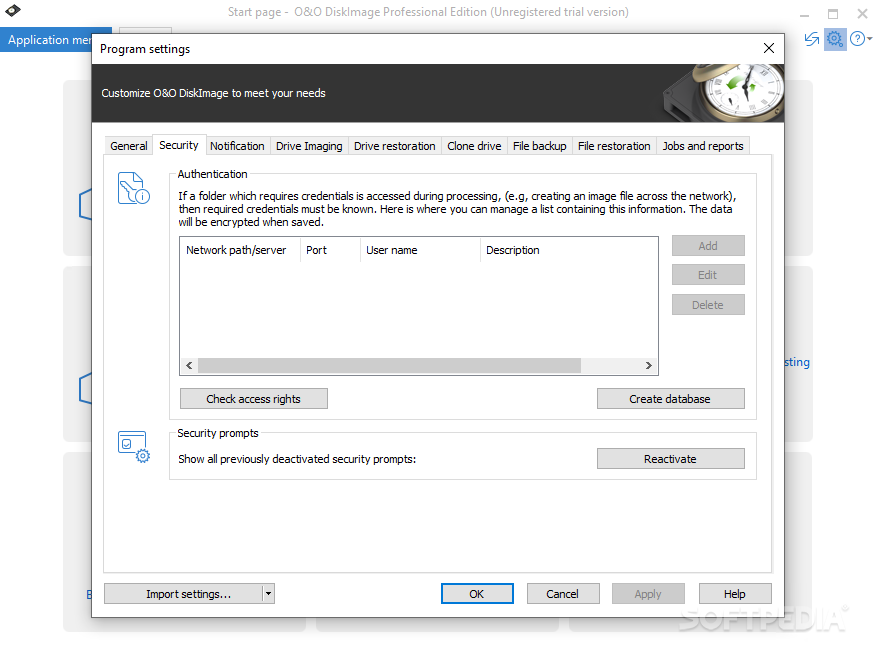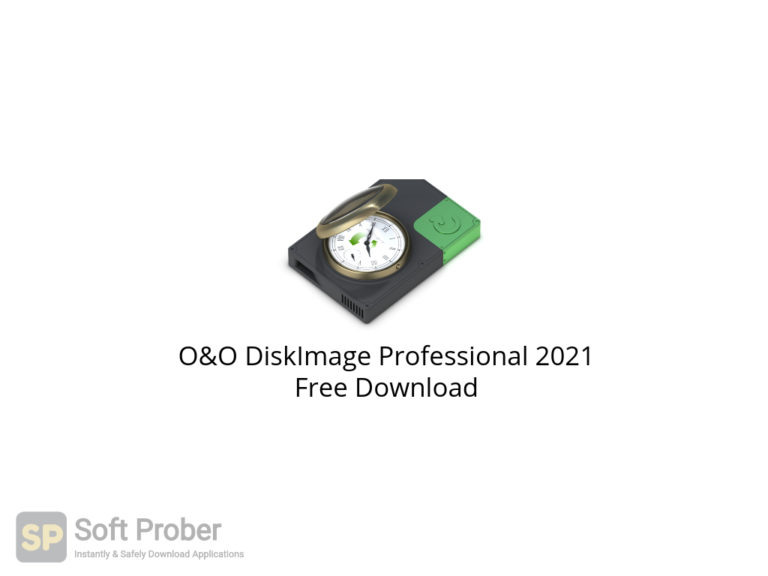
The software also won’t cull old backups when your destination drive runs out of space, and it’s not quite sophisticated enough to create automatic schedules of full, incremental, and differential backups, as other packages manage.Įven so, DiskImage is a powerful backup solution with an emphasis on protecting your entire system, rather than just a selection of files.

If you want to skim back through previous versions of a file, you need to use the Restore dialogue to open and inspect each of your old archives in turn. For one, it’s not very easy to browse your backup history. Still, whatever approach you take, the DiskImage client won’t slow you down: it proved one of this month’s fastest packages for data replication, whizzing our 2GB test folder onto an external drive in just 22secs and transferring it to our NAS appliance in 1min 43secs. It can connect directly to an FTP server, but to access other remote resources, you’ll need to map a Windows drive or use a separate sync service. It’s also worth making clear that the software itself has little in the way of cloud support. As we’ve mentioned, O&O DiskImage happily supports backups of specific folders and file types: it’s a little irritating (and baffling) that the exclusion filter isn’t available here, but you can optionally apply compression and encryption to keep your data compact and secure. It probably makes sense, therefore, to create a second, smaller backup set to protect your most important files. All of this means that a 2TB external drive should be able to accommodate a complete system archive dating back months or even years. If you need to save even more space, you can configure filters to exclude superfluous files and folders – once you’ve made that initial image, you can build incremental backups onto it, so subsequent updates will be far smaller. We tried backing up a Windows system disk containing 141GB of data, and were impressed to see O&O DiskImage Professional squeeze it into a 72GB image file. Inevitably, full-disk backups take up more space than selective ones, but they’re less weighty than you might imagine, as a lot of the files in a Windows installation are highly compressible. Plus, of course, if you’re hit by a malware attack or an OS failure, you can boot into the O&O recovery environment – the program includes a wizard that will write it to a bootable USB flash drive or ISO file – and roll your entire system back to an earlier state. Doing it this way ensures that nothing gets inadvertently missed out of your backup set, while finding and recovering files is a breeze, as your backed-up disk image can be mounted and browsed directly within the Windows Explorer.


It’s an approach that encourages you to make regular backups of your entire system, and that’s not a bad idea.


 0 kommentar(er)
0 kommentar(er)
